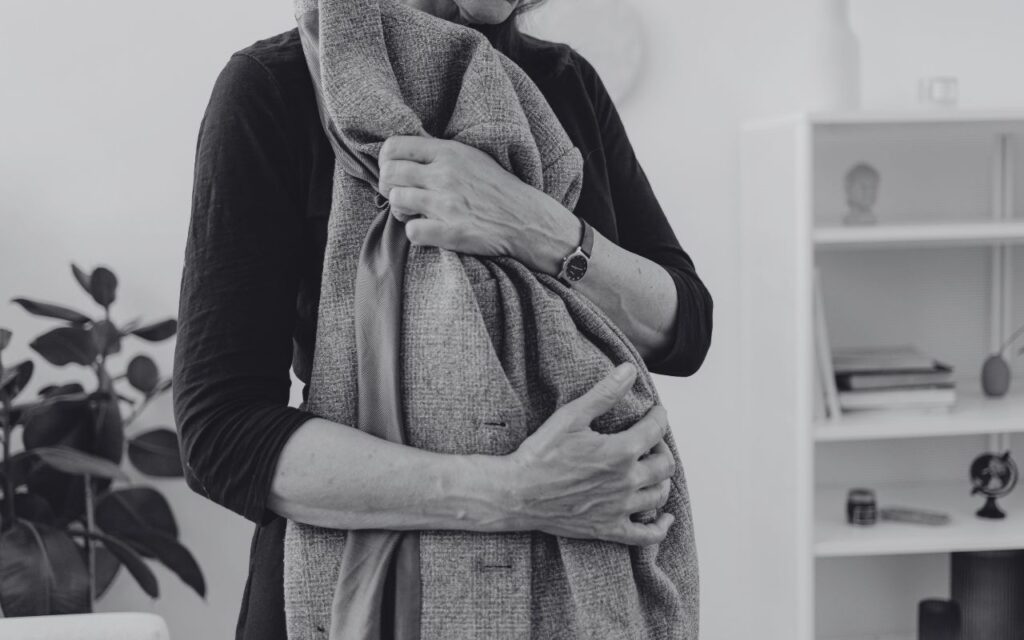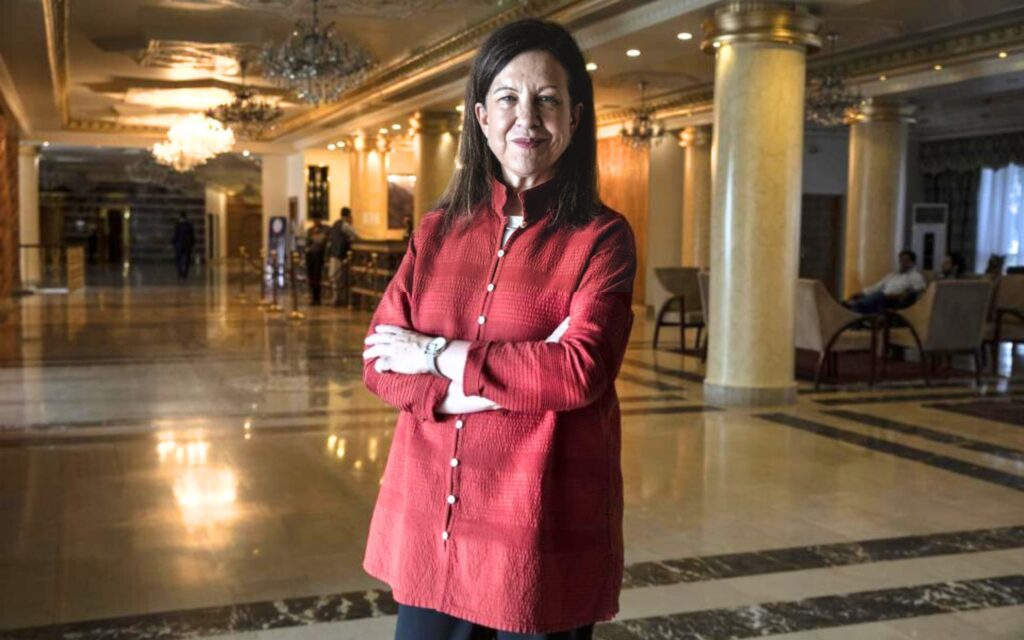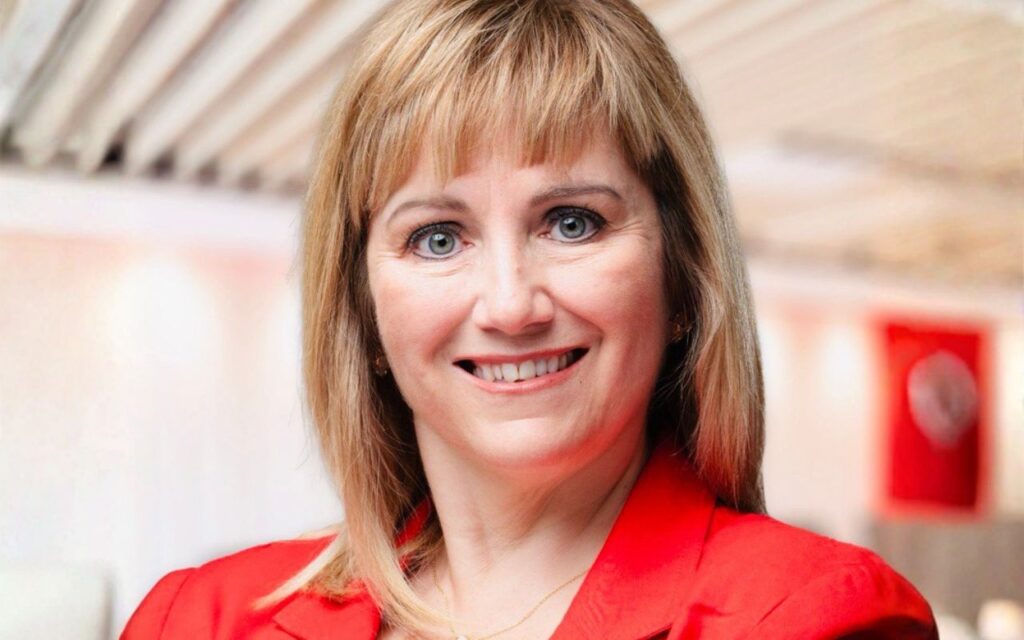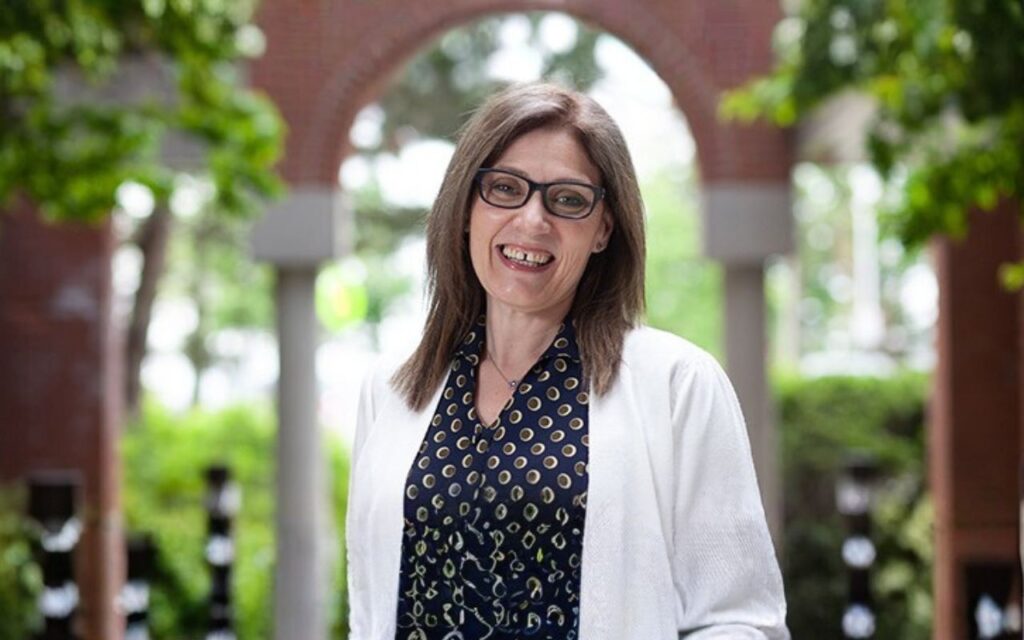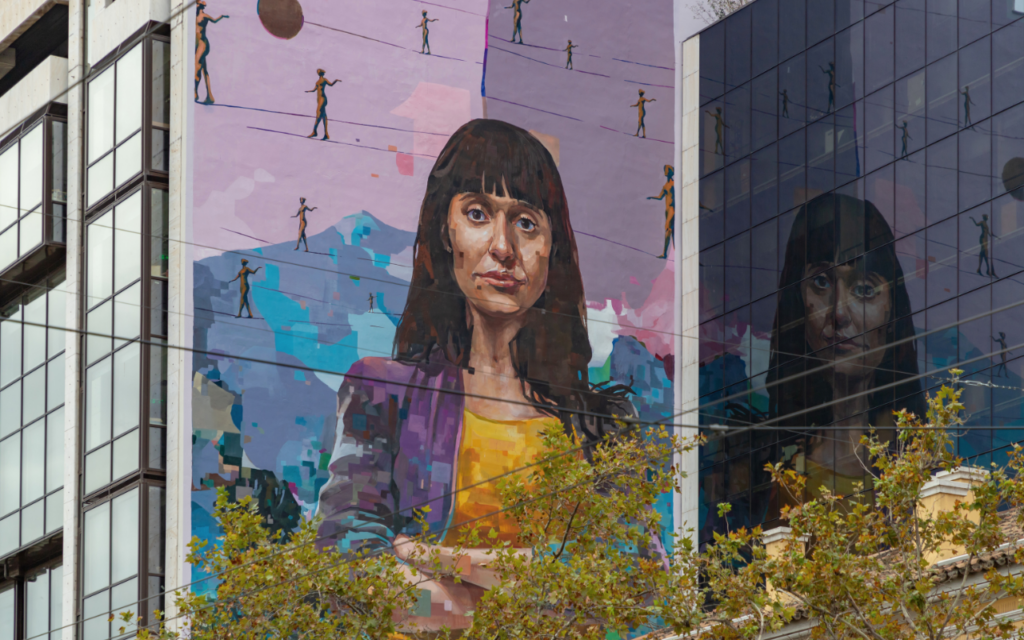
Today marks a significant anniversary in Canada: the 95th celebration of Persons Day.
This historic day commemorates the 1929 decision that finally recognized women as “persons” under Canadian law, opening the door for women to be appointed to the Senate and setting a crucial precedent for gender equality.
The Famous Five — Emily Murphy, Nellie McClung, Louise McKinney, Irene Parlby, and Henrietta Muir Edwards — are often heralded as pioneers of the feminist movement in Canada, and rightly so.
These women led a nearly two-year-long legal battle for gender equality after asking the question: Does the word person include women?
Their perseverance inevitably paid off when, in 1929, Lord Sankey, the Lord Chancellor of Great Britain, famously declared: “The exclusion of women from all public offices is a relic of days more barbarous than ours. And to those who would ask why the word ‘person’ should include females, the obvious answer is, why should it not?”
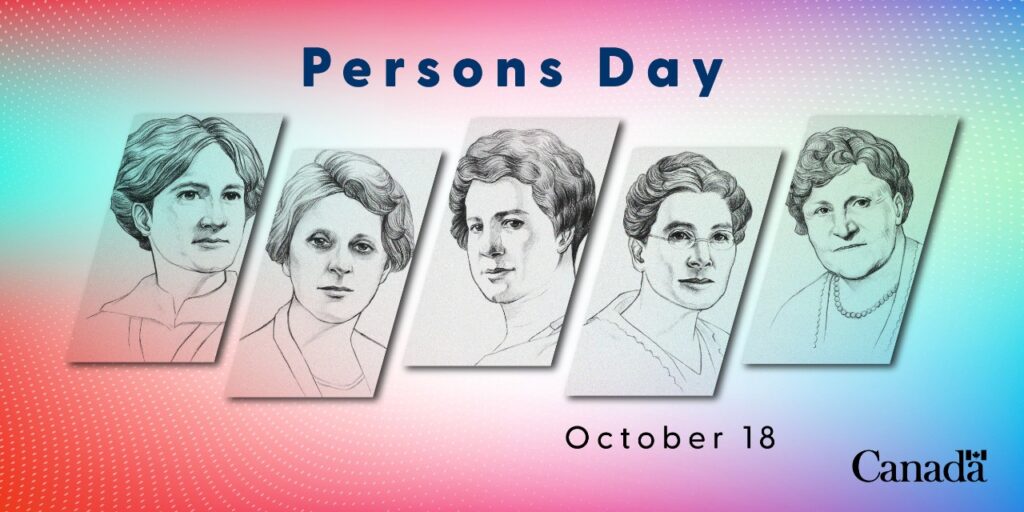
While the decision was far from perfect — notably excluding some groups of women from the ruling, such as Indigenous and racialized women — it remains a pivotal moment in women’s history in Canada, acting as a catalyst for ongoing gender equality efforts.
Moving the equality goalposts
Since 1929, the fight for women’s rights in Canada has continued.
Milestones include extending voting rights to all women in 1960, changes to the Labour Code in the 1970s to prohibit discrimination based on sex and marital status, and the establishment of maternity leave. More recently, Canada formed the Standing Committee on the Status of Women in 2004 and launched a federal strategy to combat gender violence in 2017.
But as I reflected on the importance of Persons Day and how far we’ve come since then, I couldn’t help but wonder: While women are people, are we really equal?
I ask this not as a criticism of the incredibly impactful strides that we have made, but instead as a broader question of what equality looks like today.
In 1929, the first step toward equality was to be recognized as a “person.”
Today, it’s likely very different.
It’s important to acknowledge that women in Canada enjoy many rights and freedoms compared to others globally — but things are far from perfect.
The gender pay gap persists, the gender pension gap is widening, and women’s healthcare is disproportionately under-researched and underserved compared to men’s. In fact, in 2024, Canada ranked 36th in the world for gender equality, six spots lower than the year before.
This drop tells me that despite our progress, our systems require constant observance, advocacy, and protest to maintain the status quo.
But of course the status quo often means we are just falling further behind.
As men have continued to advance in society, the goalpost for gender equality keeps moving, making it harder to close the gap.
Are we aiming for women to simply catch up, or can we rethink our societal systems to eliminate gender as a factor in accessing opportunities, resources, and representation? Is that even possible?
I certainly don’t have all the answers, but on this Persons Day, I would challenge you to think about what gender equality looks like to you and what meaningful changes can be made to bring us closer to that finish line.
After all, we wouldn’t have Persons Day at all if it weren’t for some courageous women asking tough questions.



